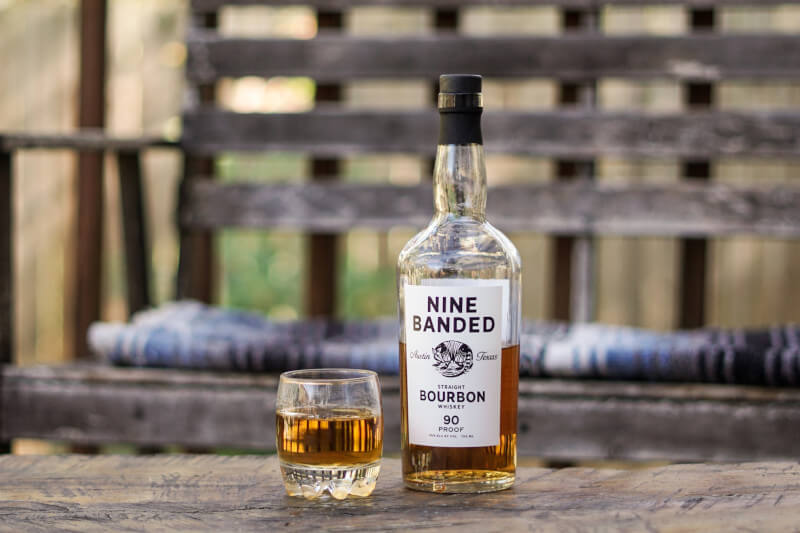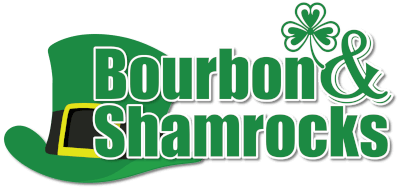Few other whiskies have the same notoriety or accessibility as bourbon. Whiskey made in the American manner is the sort of whiskey most commonly found in American taverns and liquor stores; it is also absolutely unique. French fashion and New Orleans (made famous by Bourbon Street) fashion are two other options. However, bourbon wasn’t always considered Americana. So how did a little whiskey from Kentucky become America’s favorite drink?
To give you the straight dope on where the bourbon industry and bourbon manufacturing came from, we went a little further into the history of America’s favorite whiskey. This is the real history of how bourbon whiskey was created.
Where Did the First Whiskey Come From?
Bourbon may trace its roots back to the inception of the whiskey category, to which it belongs. A few thousand years after the Egyptians invented distillation to create fragrances and concentrates, whiskey emerged as one of the first distilled alcoholic beverages in the world.
In the 11th century, monks in Ireland began distilling whiskey for the first time. Aqua Vitae means “water of life” in Latin, and that’s what they termed the liquid they brewed. Documents from the 1400s in Northern Europe mention this precursor of whiskey.
Whiskey’s Radiant Spread
Whiskey’s appeal among Europe’s aristocracy and, later, the populace at large, only increased through time. This was boosted when King Henry, having separated from the Catholic Church, destroyed the monasteries, forcing former monks to seek alternative means of support.
In 1608, the Old Bushmills Distillery in Northern Ireland received the distinction of being the world’s first legally operating whiskey distillery. These Irish and Scottish distillers migrated to the American Colonies with other European settlers and established new distilleries.
Whiskey’s Increasing Popularity in the USA
American colonists produced whiskey throughout the American colonies, and the liquid was so valuable that it was often exchanged for currency during the Revolutionary War. George Washington ran a prosperous whiskey distillery.
In Louisville, Kentucky, Evan Williams established the first American commercial distillery, producing a brand name that is likely familiar to you even now. However, whiskey’s support for a young America was only temporary.
The “Whiskey Tax,” levied on whiskey and other domestically produced distilled spirits in 1791, was intended to assist pay off debts incurred by the government during the Revolutionary War. This was very unpopular with the grain farmers in the rural areas, and it sparked the “Whiskey Rebellion” that lasted for years. The revolt fizzled out in 1794, and the tax died with the election of Thomas Jefferson as president in 1801.
Progress in the American Whiskey Industry
In its earliest forms, American whiskey was essentially what we now call rye whiskey or whiskey with a heavy rye grain content. Rye whiskey was the main product of George Washington’s distillery.
Sour mash whiskey was developed in Kentucky before bourbon was even a concept. Dr. James C. Crow developed sour mash by incorporating yeast from a previous batch of mash into a fresh batch of mash. This was a game-changer for producing whiskey in consistent batches, and it’s still the law in Tennessee.
The Childhood of Bourbon
Finally, in 1840, thanks to Elijah Craig, the hitherto labeled “Old Bourbon County Whiskey” became simply “Bourbon whiskey.” When it comes to corn whiskey, Old Bourbon County Whiskey stands out from the crowd because it was the first to be widely distributed over the world.
Due to its more approachable sweetness, mellowness, and lack of spice, this corn whiskey swiftly surpassed the popularity of regular rye. The popularity of this type of whiskey continued to rise until the 1920s.
Prohibition
The United States ratified the 18th Amendment in 1920, making it illegal to sell or serve alcohol anywhere in the country. The traditional distilleries in Kentucky and Tennessee would suffer greatly during the 13 years that this prohibition would persist. Those who had a valid prescription for medicinal whiskey might get around the ban by purchasing it from a licensed pharmacy or their doctor.
Walgreens, which started with only 20 pharmacies, expanded rapidly during the prohibition era, in part due to the success of its medicinal whiskey program. Prohibition ended in 1933 when the 21st Amendment was approved, but rye distillers never recovered to their pre-Prohibition strength to the extent that bourbon distillers in the Midwest did.
As the United States continued to expand westward, bourbon’s popularity soared, and by the middle of the 19th century, it had become the whiskey of choice across the country.
Bourbon Obtains Notable Status
After Prohibition ended in the United States, it only took Congress three decades to become bourbon, the country’s official distilled alcohol. This is also where the legally binding specifications for bourbon whiskey would be established; we’ll talk about those in further detail down the road.
The demand for bourbon only increased, leading to the proliferation of both large-scale and small-craft distilleries in the United States. The American Whiskey Trail was established to pay tribute to the numerous distilleries in the Midwest and the Smoky Mountains, and it traces the locations of notable distilleries from the northeast (in states like Pennsylvania and New York) to the southern (in states like Tennessee and Kentucky).
The Explanation of the Term “Bourbon”

Now that you know every detail of bourbon’s past, you should be provided with an unambiguous definition. Rules for what constitutes bourbon whiskey were established in 1964, the same year that Congress designated bourbon as the official distilled spirit.
It’s Made Up of 51% Corn
The first rule of making bourbon is that at least 51% of the mash bill must be maize. You can use rye, wheat, barley, or any other cereal grain you choose, for the remaining grains.
No Higher Than 160 Proof Distillation
During the distilling process, Bourbon cannot contain more than 160 proofs (or 80% alcohol by volume). In contrast, the criteria for clear and neutral liquors like vodka are often in the 90% range, making this a notable exception.
It’s Limited to 60% Alcohol Per Barrel
Bourbon whiskey is limited to a maximum of 60% ABV since it must be diluted to 125 proof (or 62.5% alcohol by volume) before entering the barrel.
There Are Many Requirements As It Ages
To be considered straight bourbon, bourbon whiskey must be matured for a minimum of two years in freshly charred oak barrels or casks, among other conditions. The flavor is enhanced by charring. In addition, the age of the bourbon must be indicated on the bottle if it is less than four years old. If the whiskey is a blend, the minimum age it can be labeled as is the age of the youngest whiskey in the mix.
U.S.A Manufactured
Last but not least, bourbon whiskey must be produced in the United States. You read that correctly; production is prohibited in Scotland, France, and everywhere else. There is a total ban on imports. Whiskey or bourbon can only legitimately claim to be from Tennessee or Kentucky if it is produced there. However, bourbon can be created from any type of whiskey in any part of the United States.
Lessons from “Who Invented Bourbon?”
Bourbon has a fascinating and rich history, and for good reason: it’s a one-of-a-kind product and the official distilled spirit of the United States. Bourbon has played an important role in the history of alcohol production, from the earliest distillation in Ancient Egypt through the discovery of distilled alcohol in the form of whiskey, and on into the modern world of whiskey.
Despite its name, Jacob Spears’ whiskey, the first corn-based whiskey many people had ever sampled, wasn’t produced in Bourbon, Kentucky until 1840. After Prohibition ended, bourbon’s popularity skyrocketed, and it soon began to far outpace rye distillers on the East Coast. By 1964, when the formal laws were officially established, bourbon had become the official distilled spirit of the United States.
